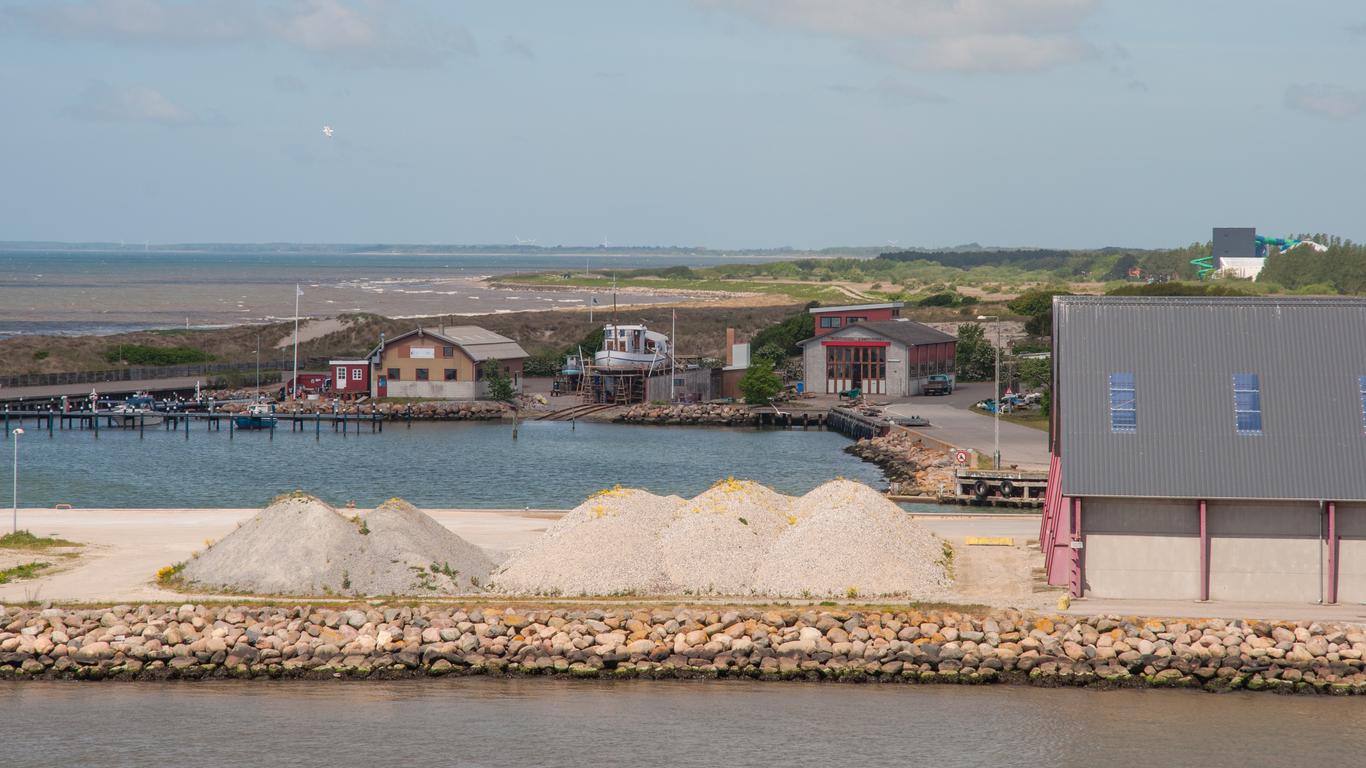Affectionately known as “Pancake Island” due to its flat terrain, Lolland lies in the Kattegat Strait between Denmark and Germany. It has historically been an important area for the cultivation of sugar beets, which are still grown today, and served as a communication highway for Nazi Germany during World War II.
Things to do in Lolland
One of Lolland’s most impressive buildings is Fuglsang, a 19th-century manor house and venue for concerts and cultural activities. Admire its Neoclassical architecture designed by J. G. Zinn and see the fresco depicting a scene from “Agnethe and the Merman”, a Danish folk tale. Adjacent is the purpose-built Fuglsang Art Museum, which showcases paintings, sculptures and drawings by Danish artists.
Lolland is home to the largest safari park in Northern Europe at Knuthenborg, a medieval estate north of Maribo. Photograph rhinos, tigers and giraffes on a safari drive or get up close to tamarins, lemurs and baboons in the monkey forest. The Knuthenborg Safari Park is also home to more than 20 aviaries and a sequoia forest filled with life-like dinosaurs.
Take a step back in time at the Middelaldercentret, an open-air museum that showcases life in Denmark during the 14th and 15th centuries. Wander through the recreated market town where craftspeople are busy at work, then visit the harbour overlooking the Guldborgsund. Coincide your visit with one of the archery demonstrations or a live firing of the museum’s centuries-old weapons.
Getting around Lolland
Lolland is just under two hours’ drive from Copenhagen and 1.5 hours from Copenhagen Airport, which has flights to destinations across the globe. Trains connect to major towns around the island while buses serve smaller villages. Renting a car is the most convenient way of getting around Lolland.





